sabbath999
No longer a newbie, moving up!
- Joined
- Apr 11, 2007
- Messages
- 2,701
- Reaction score
- 71
- Location
- Missouri
- Can others edit my Photos
- Photos OK to edit
I've seen this wild born endangered Nene since she was just a fledgeling. She has recently mated up and hopefully soon will have her own chicks. She's one of the few you will see untagged in the wild, they are critically endangered.
Taken on a rainy day at the edge of the Kau desert on the slopes of Mauna Loa.

EXIF: D40, 55-200 VR, 1/80, f/7.1, ISO 400
Taken on a rainy day at the edge of the Kau desert on the slopes of Mauna Loa.

EXIF: D40, 55-200 VR, 1/80, f/7.1, ISO 400


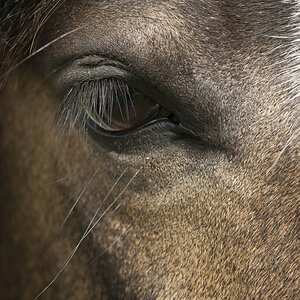
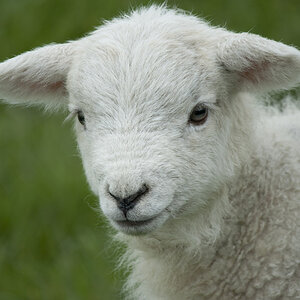



![[No title]](/data/xfmg/thumbnail/35/35212-039632ef3763350189fc49390cb7eadf.jpg?1619736950)
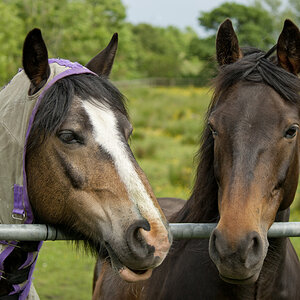
![[No title]](/data/xfmg/thumbnail/41/41765-153b10bab62ae8adbcc4d984fd08ed74.jpg?1619739885)
![[No title]](/data/xfmg/thumbnail/42/42256-dce29145f58094ceabbe05c0c8cef7fc.jpg?1619740065)
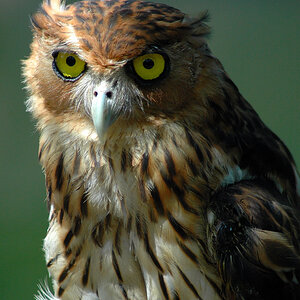
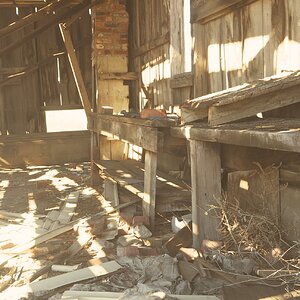
![[No title]](/data/xfmg/thumbnail/32/32705-430f9656769ce9d03c57fbe11537d5f5.jpg?1619735608)